The easylift® concept
Le Docteur GUILLO est spécialisé dans le lifting médical par fils de soutien (aussi appelés fils crantés, fils de soutien ou fils russe).
Cette technique de lifting sans chirurgie est dispensé dans notre cabinet médical esthétique de Lyon.
Les fils de soutien sont divisés en deux familles, les résorbables et les permanents :
- Les résorbables, très poussés par un marketing peu scrupuleux, sont, contrairement à ce qui est claironné, très peu efficaces et ne permettent en aucun cas d’obtenir en puissance et en durée le dixième de ce que permettent les permanents.
- Les permanents voient eux aussi leur résultat varier en fonction de la manière de les implanter. L’implantation la plus évoluée, EASYLIFT, inventée par le Dr D. Guillo, permet de se substituer à la chirurgie tout en étant beaucoup moins invasive et en donnant même des résultats d’aspect plus naturel sur le visage.
Ce cabinet est le premier des centres EASYLIFT, dans lesquels les patients auront la certitude que leur sera bien effectuée une authentique pose de fils selon le protocole EASYLIFT, avec les fils et accessoires validés. L’expérience montre en effet que des versions fort simplifiées sont abusivement proposées sous le même nom, alors qu‘elles ne peuvent pas l’équivaloir.
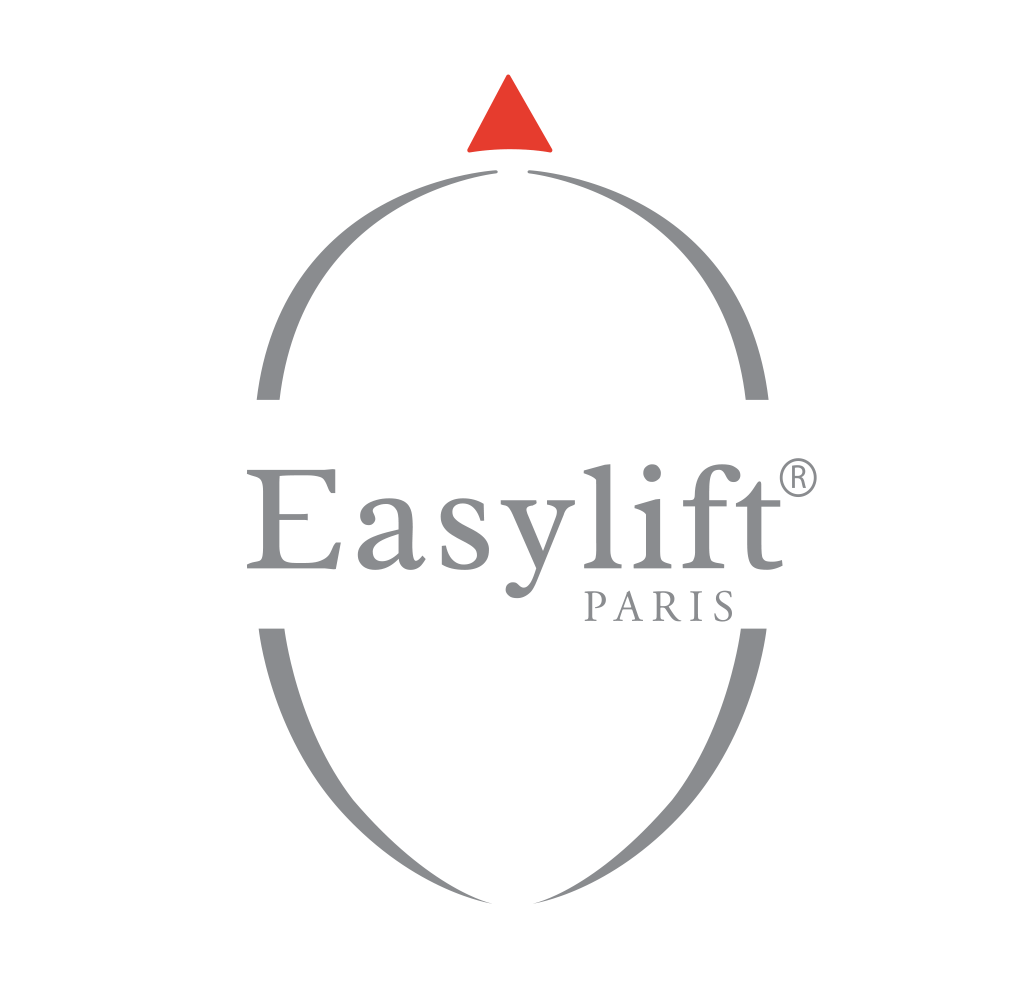
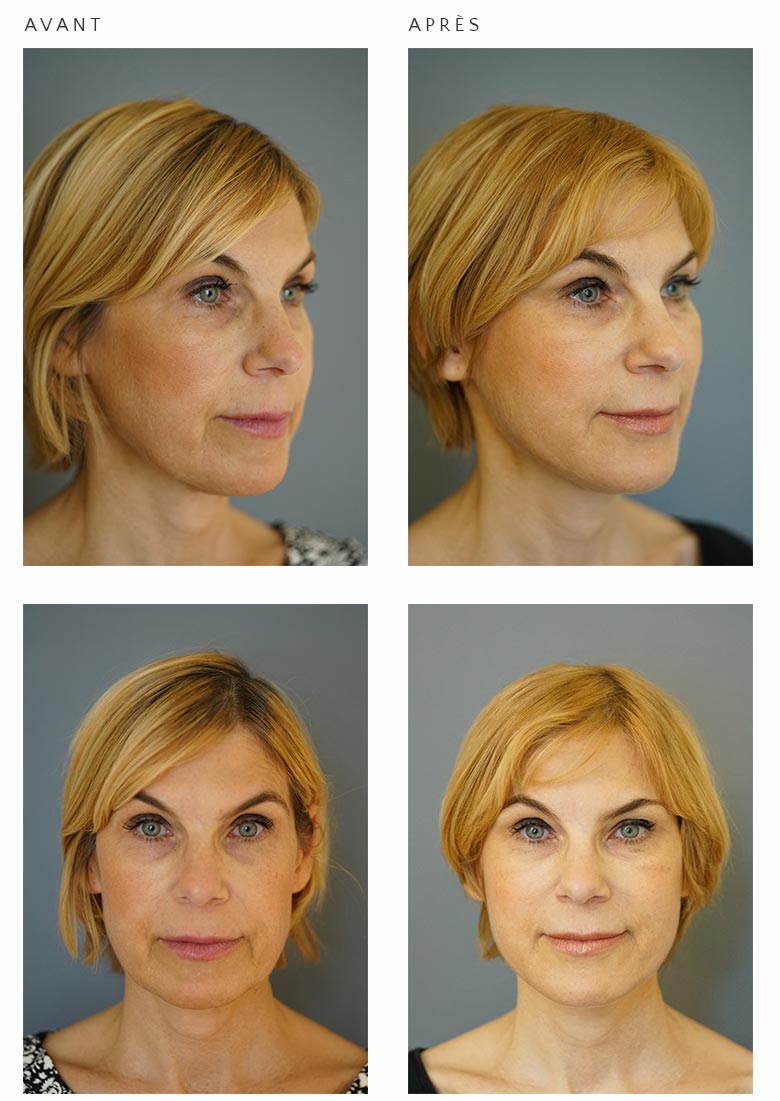
Medical publications
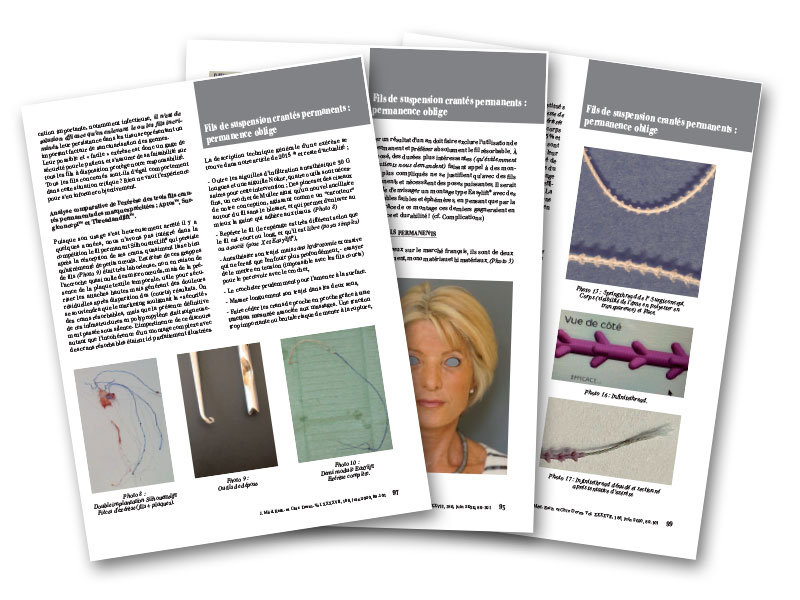 Permanent, Notched Suspension Threads: permanence oblige - ENGLISH VERSION (PDF, ENGLISH, 2020)
Permanent, Notched Suspension Threads: permanence oblige - ENGLISH VERSION (PDF, ENGLISH, 2020)
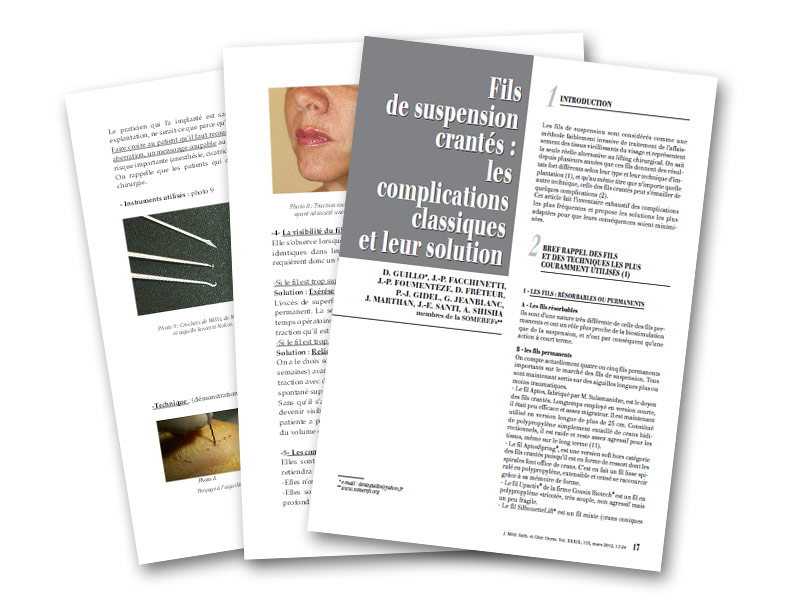 Fils de suspension crantés : Les complications classiques et leur solution. (PDF, 2012)
Fils de suspension crantés : Les complications classiques et leur solution. (PDF, 2012)

Barbed threads
The barbed threads are improving continuously, both in terms of their structure and their method of implantation, and a series of many small improvements is already bringing very good results. It seems obvious that these threads have a real future, but they need to be implanted with care. The principle behind their action dates back to 1995, but in 2002, the results achieved with short threads (5 to 12 cm) implanted in sagging areas were much too modest, although the principle behind them was still very interesting.
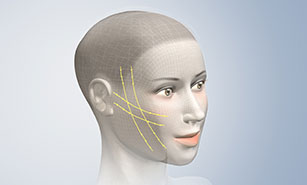
Longer threads
We considered at the time that logically, we should be able to achieve better results by using longer threads, thereby progressing from an intra-area shortening to an inter-area shortening process, by connecting a sagging area (face) to a firm area (scalp). This, indeed, was achieved in 2003 with 23 cm threads.
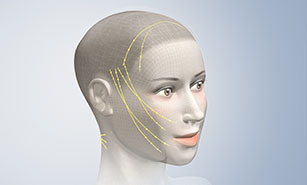
Long support threads in an X-pattern
In 2004, however, we noticed that the results varied greatly, and this variation was simply not satisfactory. We chose to reinforce the upper connection by implanting the threads in an X pattern (two threads interlocked with knot at the mid-point). The results improved significantly, to the extent that this process became the norm, but their durability was not yet optimal.
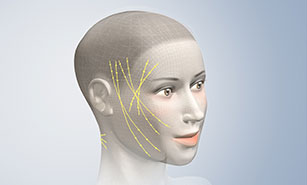
Making the threads more vertical
In 2005, the final aesthetic look was still not satisfactory, due to the tension from the threads being too 'diagonal', because insufficient consideration had been given to conventional surgical approaches. By introducing more vertical tensile threads on the face while dissociating the lift of the neck (which is more diagonal in nature), the effect was made to look much more natural, without the unfortunate visible 'surgical look' associated with older surgical face-lifts.
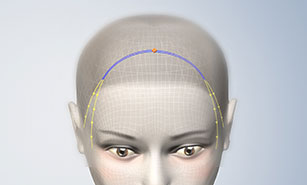
The implanted system
In 2006, good results were already being achieved with the oval of the face and the obligatory cheekbone area, but results were not being achieved with the brow. And yet, the lifting of the brow is an essential step in the rejuvenation of the face. In order to achieve this effect, we can implant a very long X (35 cm), the centre of which is located on the mediocranial line, with the two branches descending sideways to the temples. The attachment is very effective and the skin, which is pulled up towards the centre of the X, raises the tail of the eyebrow only. This is the first implanted system, self-balancing due to its medial position, without lateral attachment, be it skin-surface or 'deep' aponeurotic.
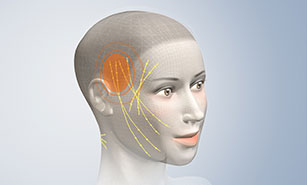
The Easylift® concept
But the upper part of the X objectively causes various problems, which complicate the situation after the intervention, which in theory should be simple:
- bleeding of the scalp that disturbs the attachment.
- difficulties with the balancing process at the end of the intervention.
- significant postoperative temporal pain.
- slight migration (1 to 2 cm), generally upwards.
- potential delayed irritation of the scalp by one of the ends of the thread (one must shorten or remove the thread).
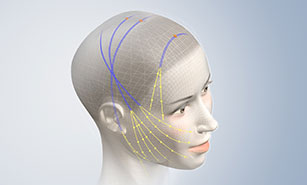
A simple solution
Our solution consists of avoiding the temporal barbed threads and opting for an implanted system of smooth threads. This apical implanted system, which allows the barbed threads and their load to be supported, is given the name EASYLIFT® due to the ease with which tissue is relifted simply by applying tension to the two top threads.
The EASYLIFT® implanted system therefore has the following advantages:
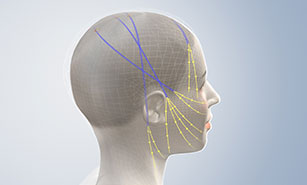
The many advantages
- the result is not affected by the bleeding, which itself is much reduced.
- temporal pain is minimal.
- vertical migration is no longer an issue.
- balancing is made easier and is optimised.
- the system implanted beneath the scalp is easily removable. This potential reversibility of the procedure is consistent with a precautionary approach.
- conversely, reapplying tension to these key areas allows a renewed lifting effect to be achieved, even after several years, something that is very much appreciated by patients.
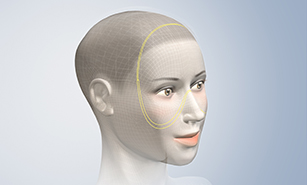
Support of the cheekbone area
Certain cheekbone areas require more substantial thread implantation, due to their weight or weakness. One can then create a 'hammock' with the barbed threads, which means that a suspension effect can be added to the traction effect; very useful in order to provide better support for this crucial aesthetic area - the cheekbone area. This sophisticated implantation technique, for experienced practitioners exclusively, is only achievable with second or third generation threads (Upactiv® by Cousin Biotech® or SpringThread® by 1st Surgiconcept®).
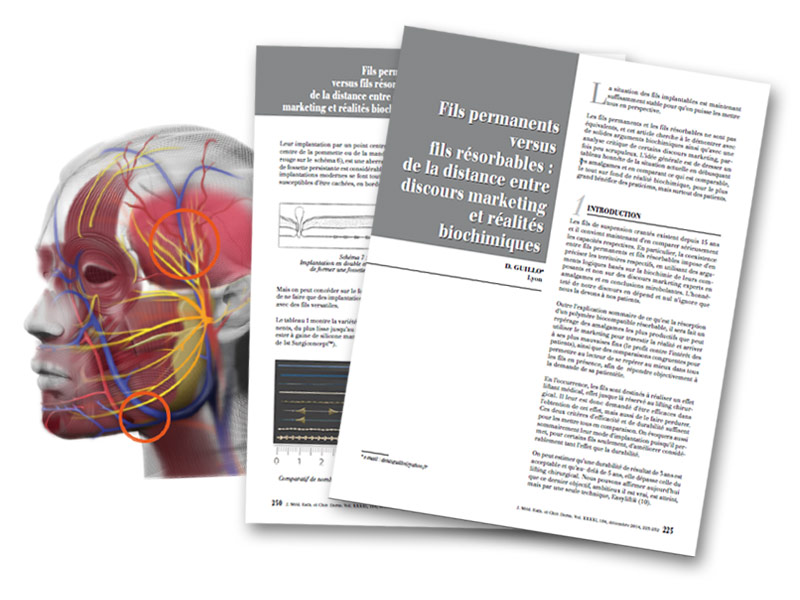
It is therefore worth noting that with regard to EASYLIFT®, all the criticism aimed at the threads that are most frequently implanted (simple short or long) is no longer justified.
Facial paralysis, for which there are very few treatments, could one day benefit from this 'minor' technique, if the improvements are confirmed.
More information on the Somerefs Website (medical association) :
www.somerefs.org
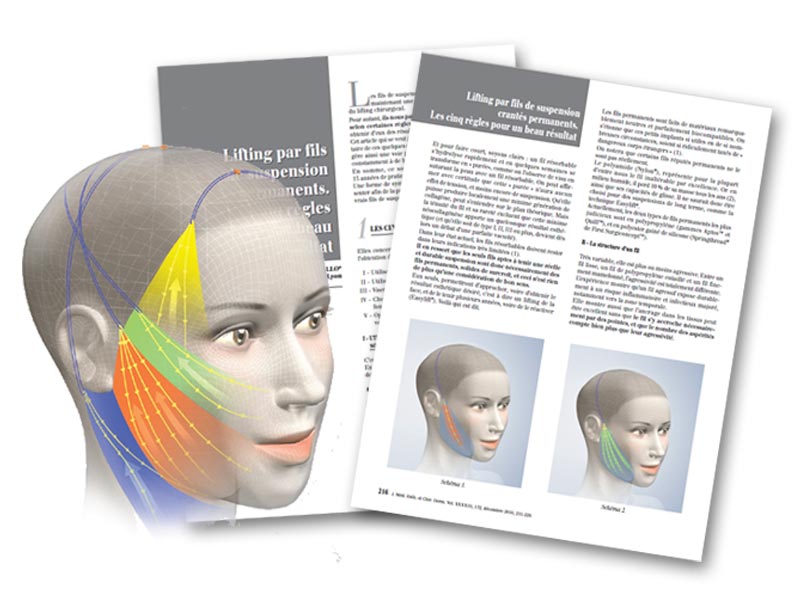 Lifting par fils de suspension crantés permanents : Les cinq règles pour un beau résultat. (PDF, 2017)
Lifting par fils de suspension crantés permanents : Les cinq règles pour un beau résultat. (PDF, 2017)  Fils permanents vs fils résorblables : de la distance entre discours marketing et réalités biochimiques (PDF, décembre 2014)
Fils permanents vs fils résorblables : de la distance entre discours marketing et réalités biochimiques (PDF, décembre 2014)